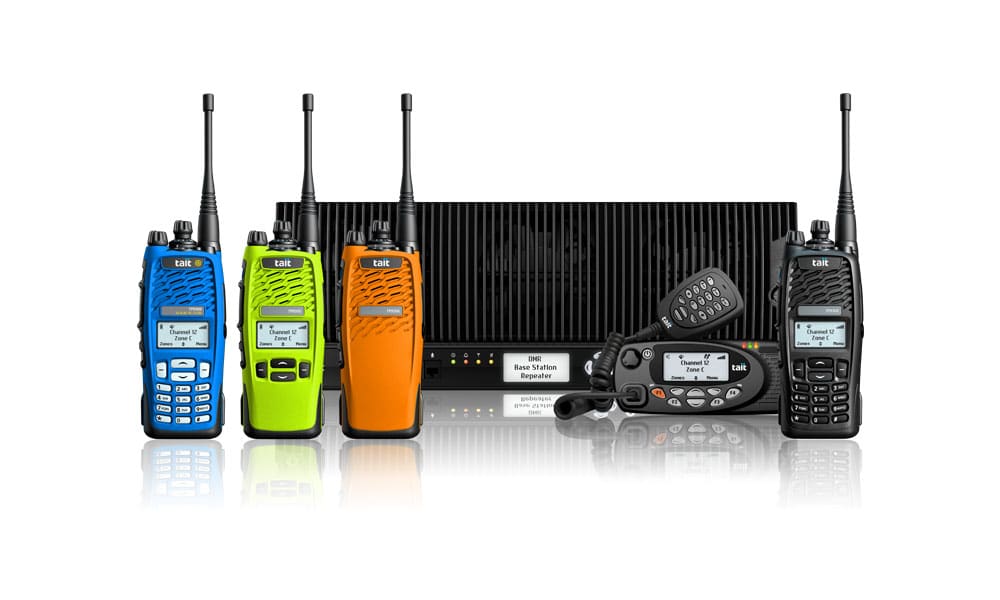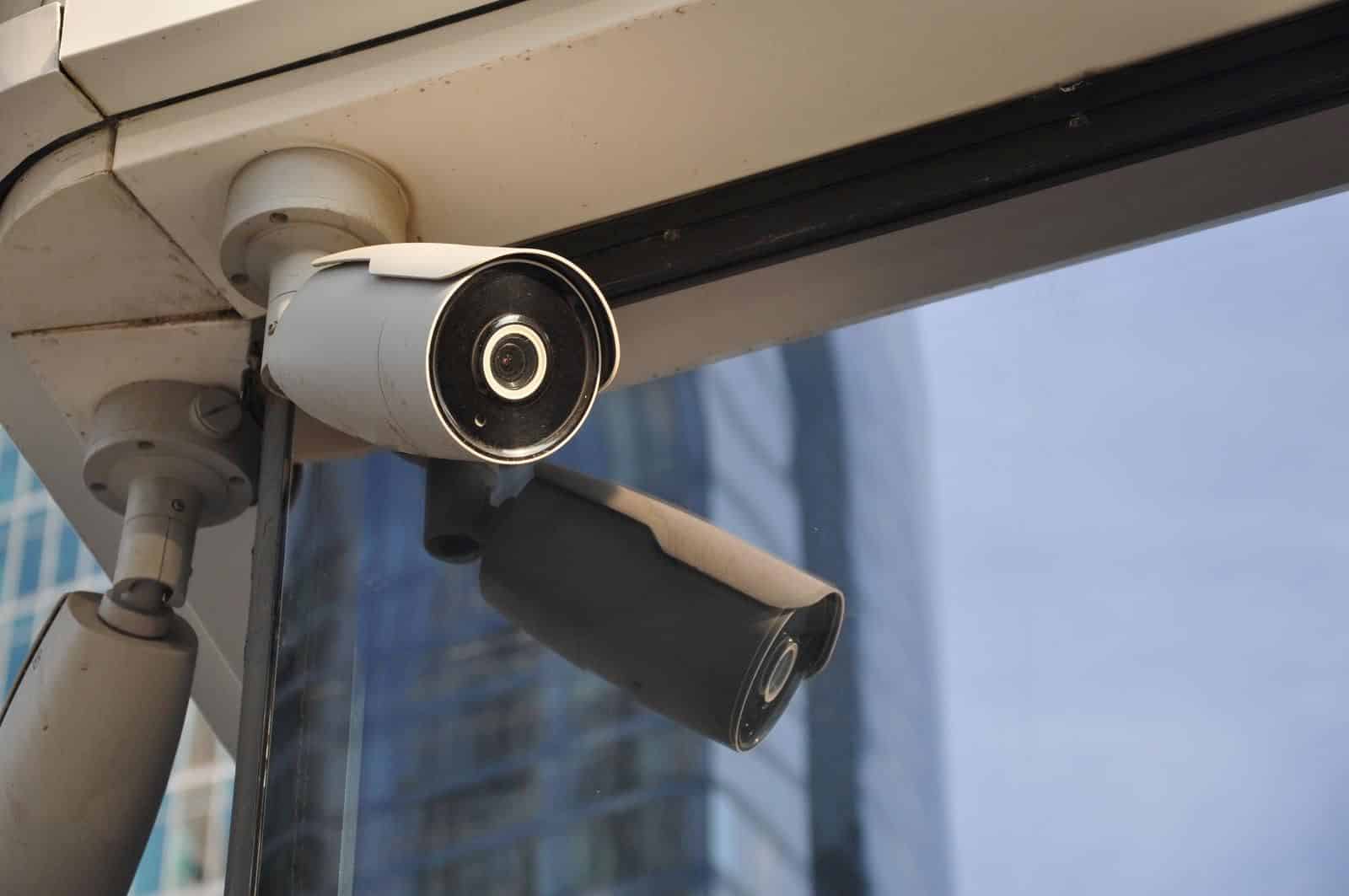Two-way radios are essential tools for businesses and organisations across New Zealand. They provide reliable, instant communication in areas where cell phone coverage is unreliable or non-existent.
Two of the biggest names in the two-way radio game are Tait and Hytera. Let’s dive in and compare these two Kiwi favourites.
What are Two-Way Radios?
Two-way radios are handheld devices that allow for real-time, voice communication over radio waves. They’ve been around for decades and have evolved from basic analogue models to sophisticated digital systems.
They’re used in a wide range of industries, from construction and agriculture to emergency services and retail.
Tait: A Kiwi Communication Giant
Tait is a New Zealand-born company with a proud history of innovation in radio communications. They’ve been developing and manufacturing two-way radios for over 70 years, and their products are used by organisations worldwide.
Tait is renowned for its robust and reliable radios, often favoured for their durability in harsh New Zealand conditions.
Hytera: A Global Player
Hytera is a Chinese company that has rapidly gained a significant market share in the two-way radio industry. Known for its competitive pricing and a wide range of products, Hytera has made inroads into the New Zealand market. They offer a mix of analogue and digital radios, catering to different user needs and budgets.
For a deeper look at specific use cases—such as how these radios support security operations—explore how Hytera radios support Auckland businesses.
Comparing Tait and Hytera
- Durability: Tait has a strong reputation for building radios that can withstand New Zealand’s challenging environments. Hytera radios are generally considered durable, but Tait often takes the edge in this category.
- Features: Both brands offer a range of features, from basic voice communication to advanced data and GPS capabilities. However, Tait often leads in terms of innovative features and customisation options.
- Price: Hytera typically offers more competitive pricing, making their radios an attractive option for budget-conscious businesses. Tait’s products tend to be at a higher price point, reflecting their focus on quality and performance.
- Network Compatibility: Tait has a strong presence in the New Zealand market and its radios are often compatible with existing communication networks. Hytera is also compatible with many New Zealand networks, but it’s essential to check compatibility before purchasing.
- Support: Both companies offer support services, but Tait, being a New Zealand-based company, may have a slight advantage in terms of local support and understanding of New Zealand’s unique communication challenges.
Where are They Used?
Two-way radios are used across a wide range of industries in New Zealand. Some common applications include:
- Construction: Coordinating work crews, managing site safety, and emergency communication.
- Agriculture: Maintaining communication between farm workers, managing livestock, and responding to emergencies.
- Retail: Improving customer service, managing staff, and preventing theft.
- Emergency Services: Fire, police, and ambulance services rely on two-way radios for critical communication. Tait radios are now central to the Public Safety Network, giving these frontline crews secure and reliable coverage nationwide.
- Transport and Logistics: Coordinating deliveries, managing fleets, and ensuring driver safety.

Why Use Two-Way Radios?
Two-way radios offer several advantages over other communication methods:
- Instant communication: No connection time, ideal for urgent situations.
- Reliable: Can be used in areas with poor cell phone coverage.
- Group communication: Allows multiple people to communicate simultaneously.
- Durability: Built to withstand harsh conditions.
Whether you choose Tait or Hytera, selecting the right two-way radio depends on your specific needs, budget, and operating environment.
It’s essential to consider factors such as range, battery life, features, and support when deciding.


